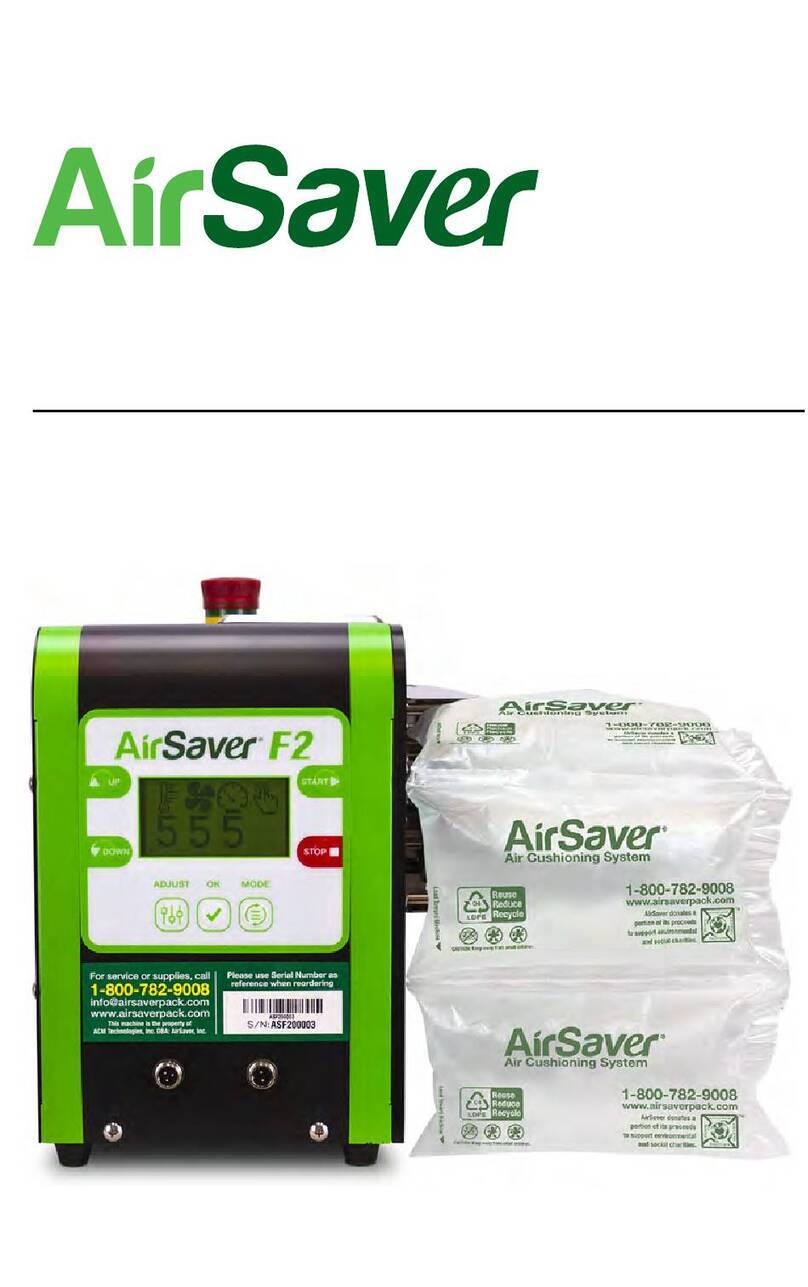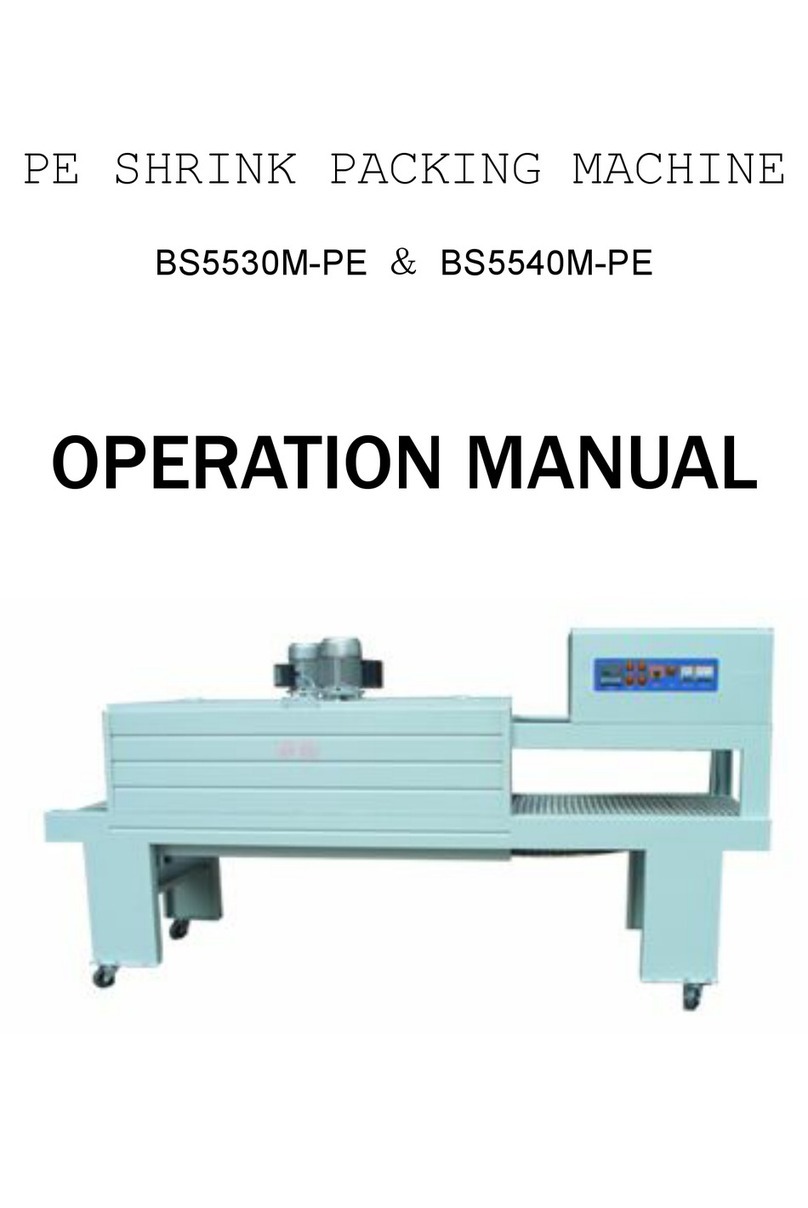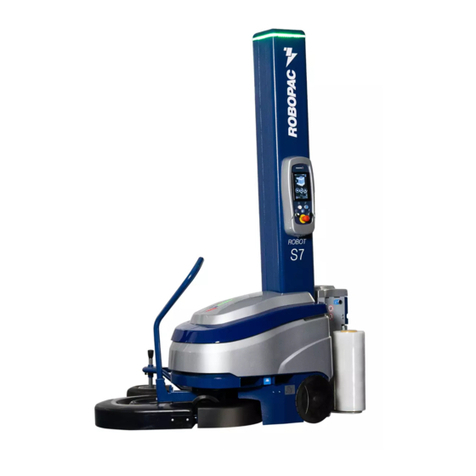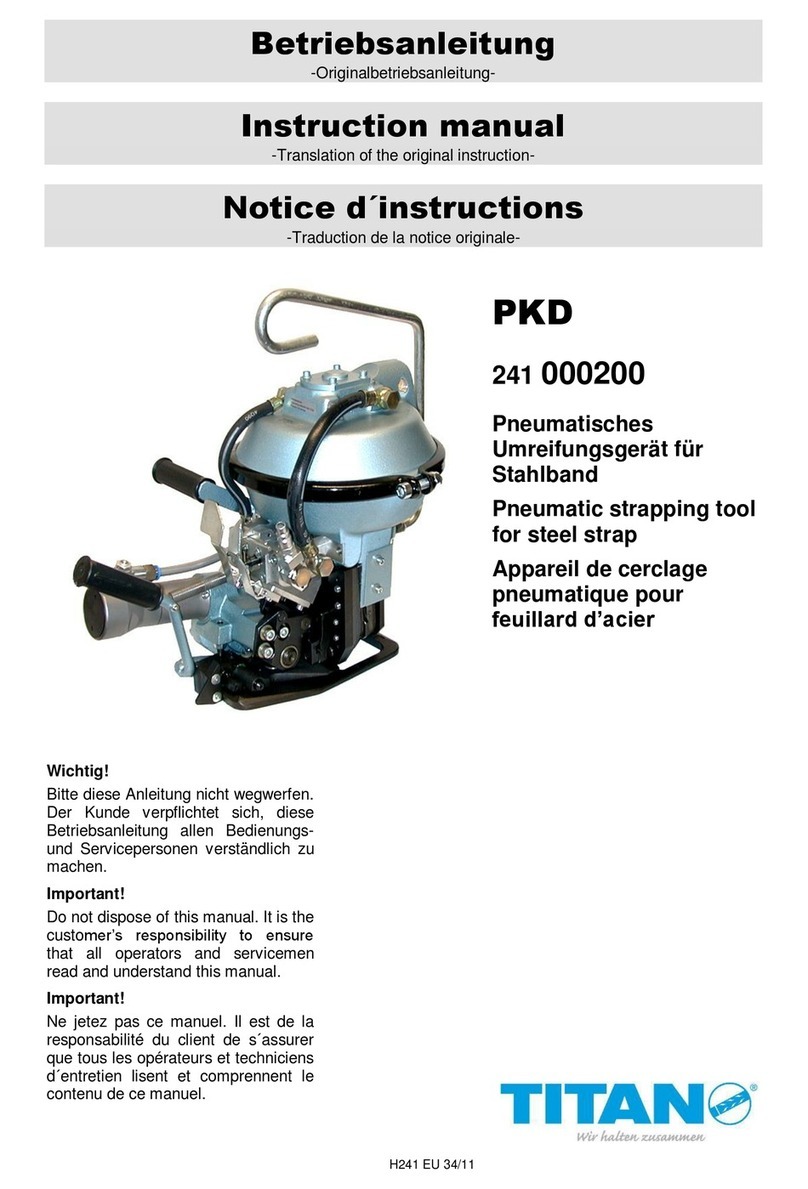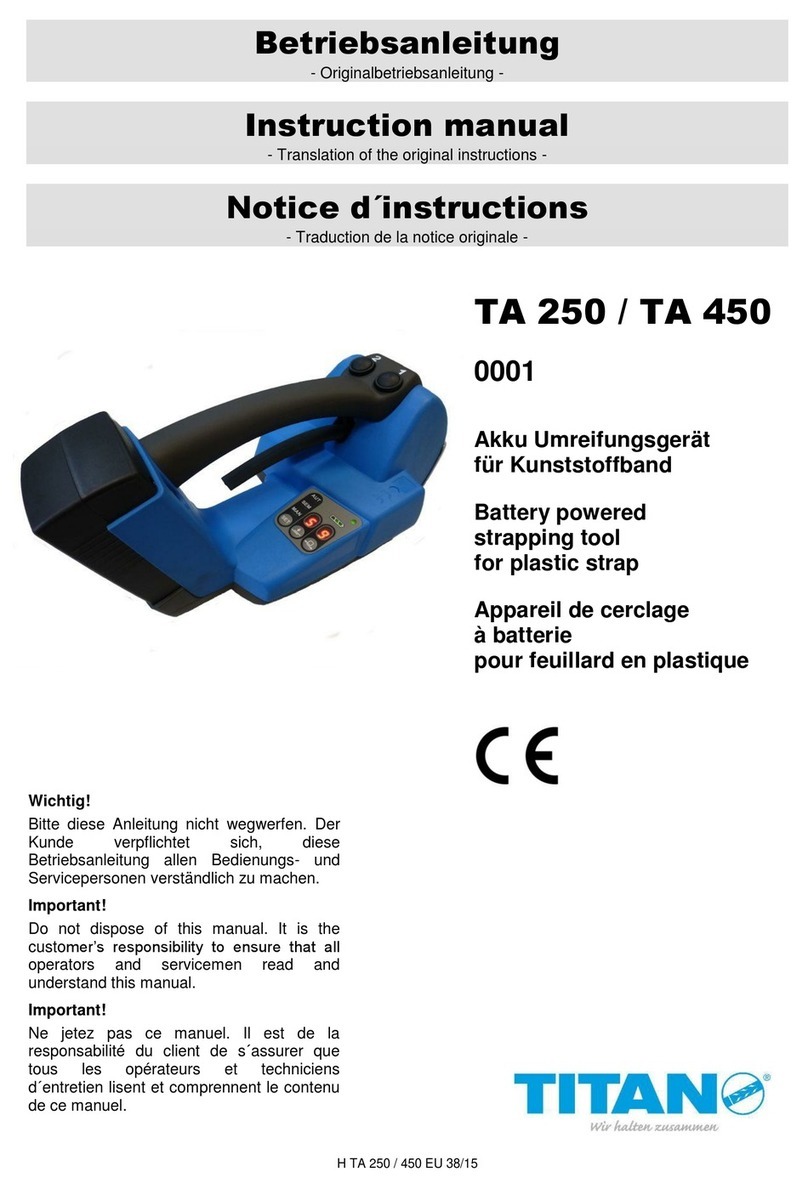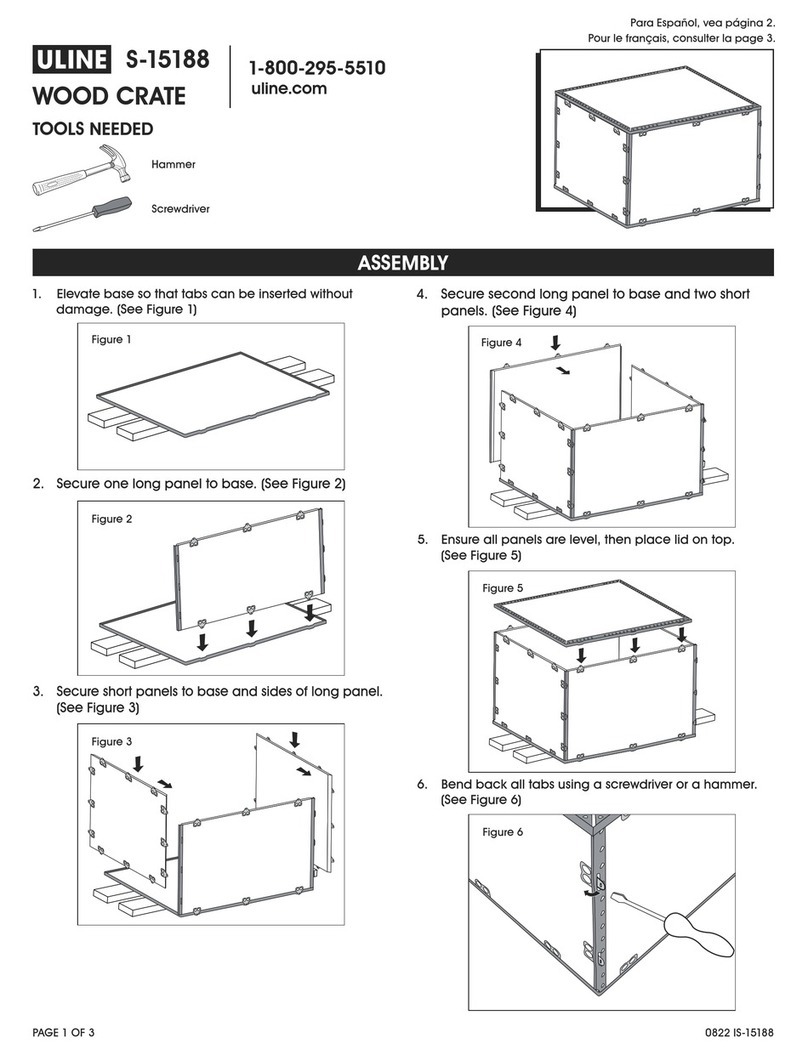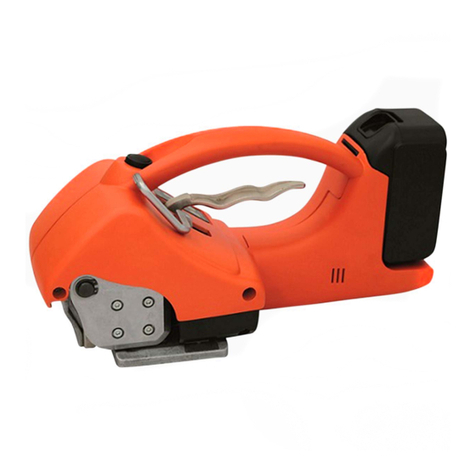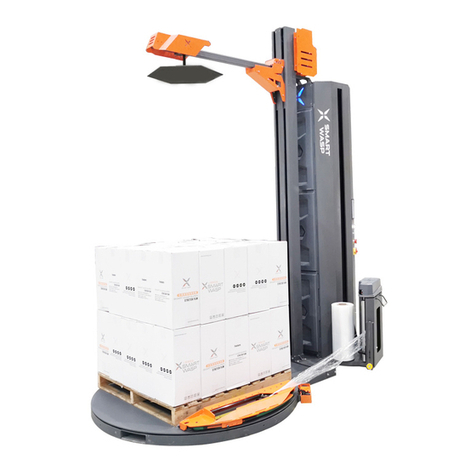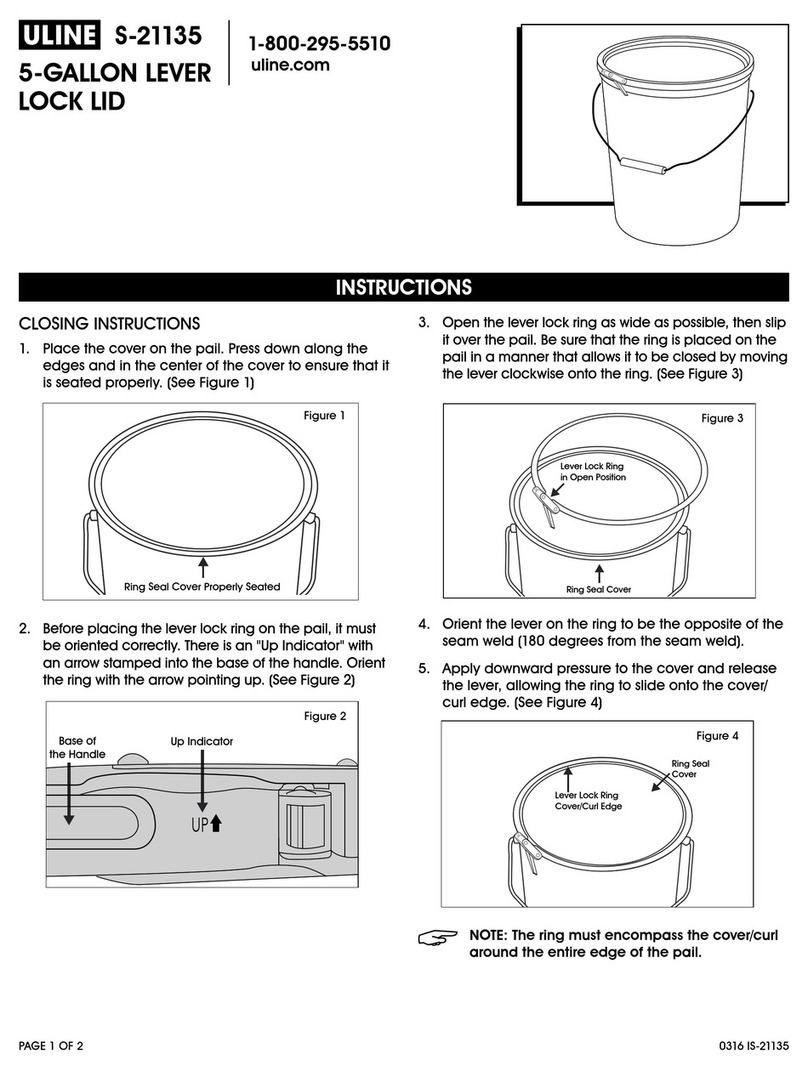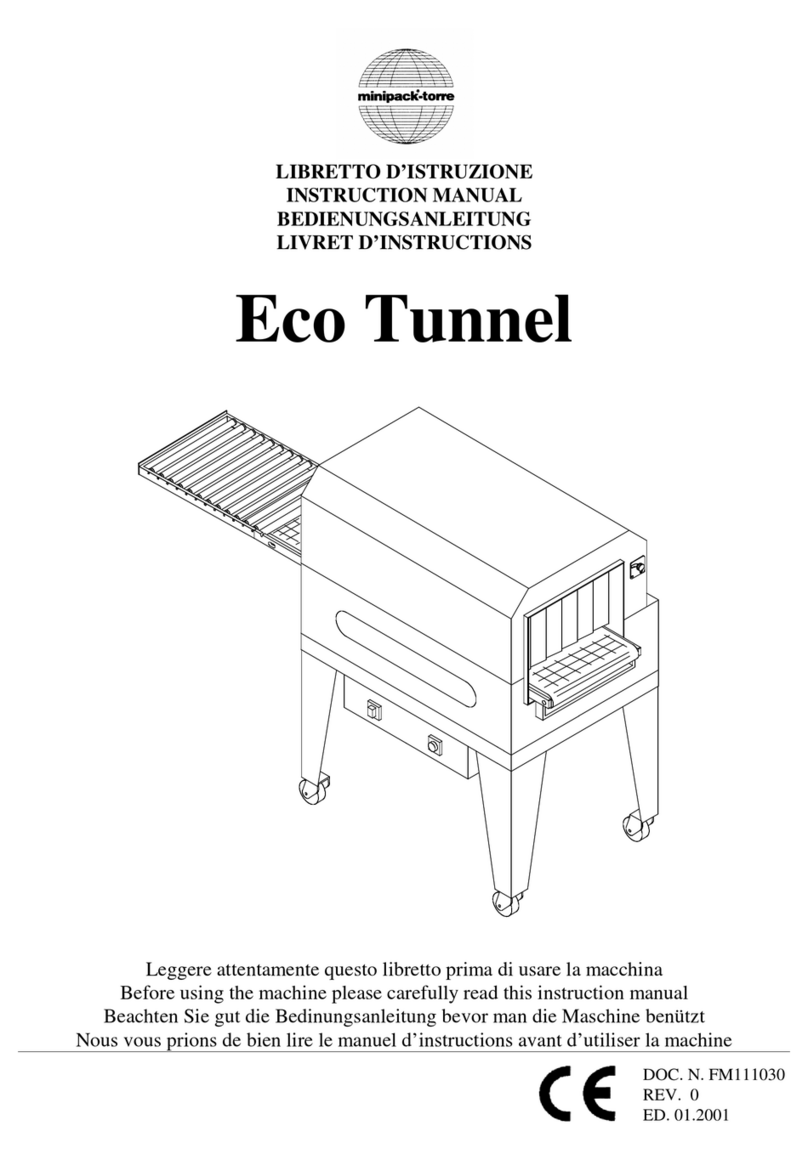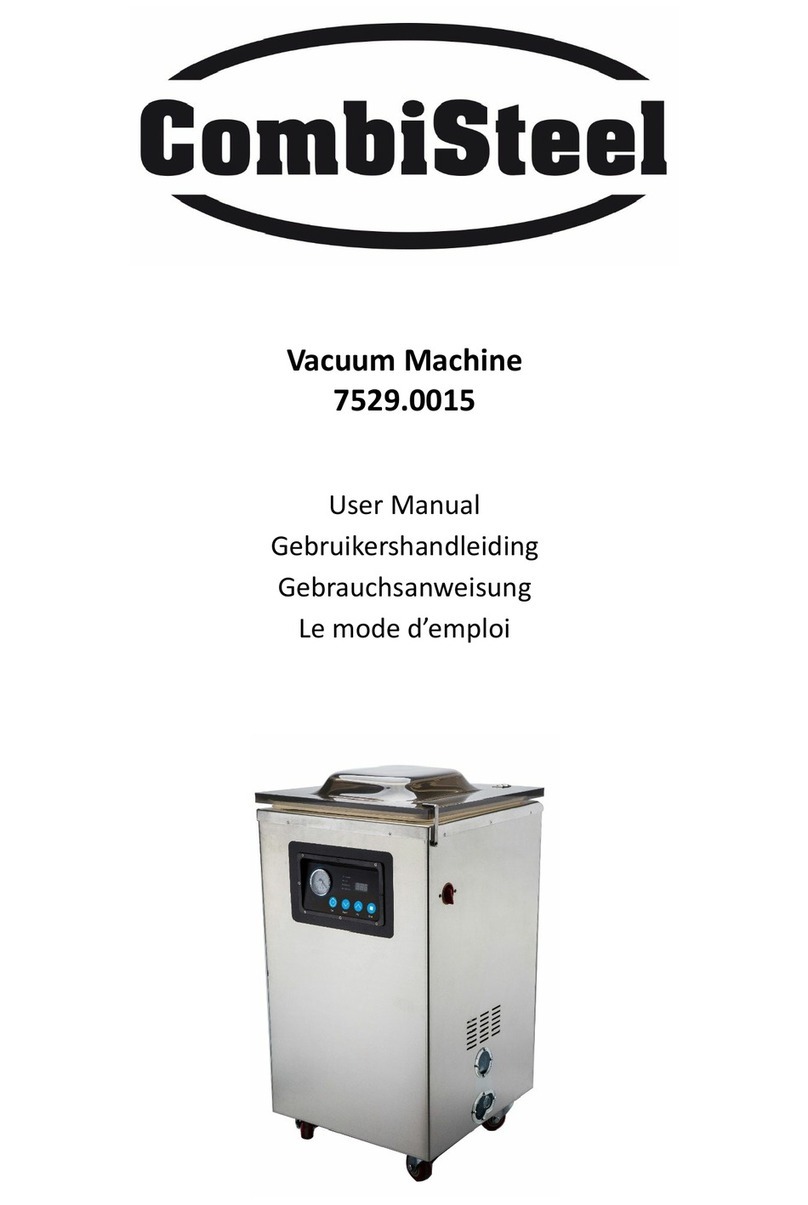
Dirt and chaff hamper the proper functioning of the tool.
For this reason the following areas should be cleaned once a week (blow off using compressed
air if possible):
-insertion slot,
-cavities between the upper and lower jaws,
-tensioning wheel,
-gripper plate.
Lubricate with fine conventional spray oil afterwards.
The correct strap width is set at item 31. For this purpose the safety
disc item 40 is to be removed with a screw driver, thereafter the feed
shaft item 48 is to be pushed back to make the strap guide accessible.
Compress lever item 28 and cutting lever item 17 and pull off the strap
guide. Provide the strap guide with the relevant 2 strap width spacers
item 41 such as shown on the sketch. For 13 mm strap the 3mm spacers,
for 16 mm the 2mm side point inside the tool, and for 19 mm strap no
spacer item 41 at all is required. After fitting the spacers the strap
guide is to be mounted again. Slip on safety disc item 40.As the strap
is being guided at three points in the tool, additionally the front and rear
strap guides item 50 are to be set to the correct strap widths. For this
purpose unscrew oval head screws of front and rear strap guides items 50,
remove strap guides, set the relevant widths (on the front sides the strap widths 13, 16,19
have been engraved.). Remount the strap guides in such a way that the engraved
widths point to the strapping.
Distance between the feed wheel and the
gripper plate
The cutter has to be adjusted for the respective
thickness in the case of varying strap
thicknesses.
Release lock nut item 32. Turn stop screw item
25 (set screw with flat point) by means of a
socket spanner in clockwise direction = less
cutting depth; counter-clockwise = greater
cutting depth. Fasten locknut item 32 after
adjustment has been completed.
Note: After adjustment there should not be any,
or very few, signs of cutting on the lower strap.
The distance between tension wheel item 30
and gripper plate item 13 is set in our factory to
0,2 mm. The thread pin item 5 is secured with
Loctite 242. After replacing the tension wheel or
the gripper plate, the distance has to be
checked and possibly to be readjusted by
means of the thread pin. Then, the thread pin
has to be secured again with Loctite 242.
Note: The feed wheel and the gripper plate
must not come into contact with each other,
otherwise both parts will be subject to
premature wear
